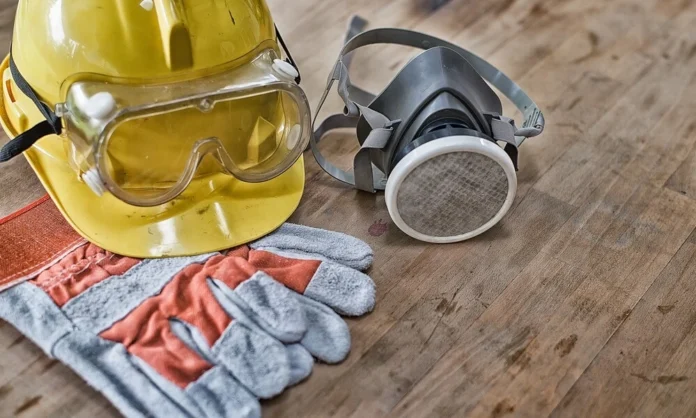PPE is essential to ensuring safety in various workplaces and environments. While many of you are familiar with standard PPE, such as hard hats, safety glasses, and gloves, specific types of PPE are designed for the most extreme conditions on Earth. These specialized gear sets are lifelines for workers and adventurers who brave the harshest environments. This article explores the world of personal protective equipment (PPE) for extreme environments and how it is vital in keeping individuals safe and secure in the most challenging conditions.
Extreme Cold: Arctic and Antarctic Gear
Working in extreme cold environments, where temperatures can plummet below freezing, demands specialized PPE. This includes insulated, waterproof clothing, such as thermal suits, boots with thermal lining, and gloves designed to withstand frigid temperatures. Windproof and insulated PPE is crucial in polar regions, where wind chill factors can be severe. These gear sets ensure workers can perform their tasks without risking hypothermia or frostbite.
Deep-Sea Exploration: Pressure Suits
Deep-sea exploration presents unique challenges due to the extreme pressures experienced at significant depths. Pressure suits, often called “Exosuits,” are specially designed to withstand these conditions. These suits provide a controlled environment for the wearer, maintaining normal pressure and temperature while allowing for mobility. They are essential for research, underwater welding, and the maintenance of underwater infrastructure.
Space: Suits for Astronauts
The most iconic example of extreme environment PPE is the space suit worn by astronauts during spacewalks and extravehicular activities. These suits are miniaturized spacecraft, providing life support, radiation protection, temperature control, and mobility in the vacuum of space. They are meticulously designed to keep astronauts safe and alive during their missions, making them a symbol of human exploration beyond Earth.
High-Radiation Environments: Lead-Lined Gear
Lead-lined PPE is necessary in environments with high radiation levels, such as nuclear facilities or medical radiology departments. Lead aprons, vests, and thyroid collars shield the wearer from harmful ionizing radiation. These garments are designed to be practical and comfortable for extended wear, as workers may need to wear them regularly.
Chemical Hazard Protection
PPE for chemical hazard protection is critical in industrial settings where workers may be exposed to toxic chemicals or hazardous materials. These gear sets often include chemical-resistant suits, gloves, boots, and respirators with specialized filters. They protect the wearer from chemical splashes, vapors, and inhalation of toxic substances.
Breathing Apparatus: High-Altitude and Low-Oxygen Environments
Specialized breathing apparatus is vital in high-altitude environments or areas with low oxygen levels, such as mountaineering or confined spaces. These devices supply the wearer with oxygen, allowing them to breathe safely when the natural oxygen supply is insufficient. They can be lifesaving in situations with hypoxia or oxygen depletion risk.
Firefighting PPE: Extreme Heat and Flames
Firefighters face some of the most extreme conditions in their line of duty. Firefighting PPE includes flame-resistant suits, helmets, gloves, and boots. These garments are designed to protect against extreme heat, flames, and smoke inhalation. The specialised materials used in firefighting gear can withstand high temperatures and provide crucial insulation to keep firefighters safe while battling blazes.
Specialised Helmets and Headgear
In many extreme environments, head protection goes beyond the standard hard hat. Astronauts wear helmets with integrated communication systems and visors to protect against micrometeoroid impacts. In extremely cold environments, specialized headgear includes thermal hoods and face shields to prevent frostbite. In underwater welding, helmets with built-in lighting and vision enhancement technology are essential.
Conclusion
Personal protective equipment for extreme environments represents the pinnacle of protective gear design and technology. It’s a testament to human innovation and the commitment to ensuring the safety and well-being of individuals who venture into the harshest conditions imaginable. These specialized gear sets are indispensable when exploring the ocean’s depths, venturing into outer space, or working in high-risk industrial settings. In these challenging contexts, PPE is not just equipment; it’s a lifeline enabling people to conquer Earth’s toughest conditions and beyond.


